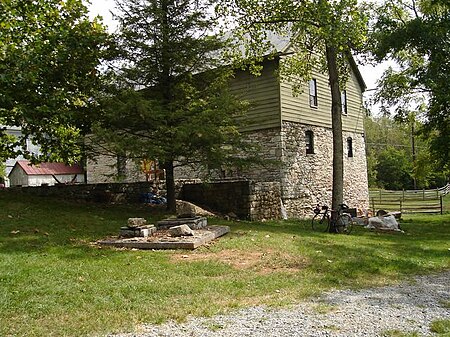Millwood, Virginia
Clarke County, Virginia geography stubsUnincorporated communities in Clarke County, VirginiaUnincorporated communities in VirginiaUse mdy dates from July 2023

Millwood is an unincorporated community located in Clarke County, Virginia, United States. Millwood is the home of many of Clarke County's most historic sites including the Burwell-Morgan Mill (1785), Carter Hall (1792), the Greenway Historic District, Long Branch (1811), Old Chapel (1790), and the River House. Project HOPE is based at Carter Hall.
Excerpt from the Wikipedia article Millwood, Virginia (License: CC BY-SA 3.0, Authors, Images).Millwood, Virginia
Cunningham Lane,
Geographical coordinates (GPS) Address Nearby Places Show on map
Geographical coordinates (GPS)
| Latitude | Longitude |
|---|---|
| N 39.069444444444 ° | E -78.037777777778 ° |
Address
Cunningham Lane 43
22620
Virginia, United States
Open on Google Maps










